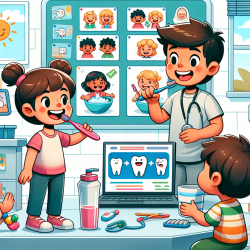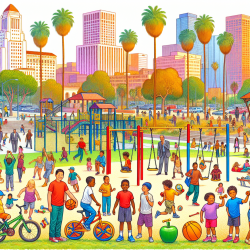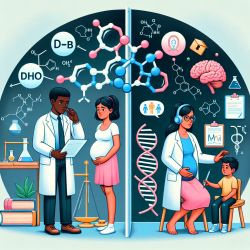As professionals in the realm of speech therapy and language pathology, our journey towards enhancing our skills and understanding is perpetual. The exploration of the complex interplay between language development and breakdown not only broadens our perspectives but also equips us with the knowledge to better serve our clients. Drawing insights from the research presented in "Language Acquisition and Language Breakdown," we can delve into the nuances of how language evolves and deteriorates, offering us invaluable tools for our practice.
The essence of this research lies in its examination of the linguistic regression hypothesis, proposing that the processes of language acquisition in children and language breakdown in brain-damaged individuals might mirror each other. However, the findings suggest that while there may be superficial similarities in performance levels, the underlying mechanisms and errors present a different story. This differentiation opens up a realm of possibilities for speech therapists and language pathologists, urging us to adopt a more nuanced approach in our therapeutic interventions.
Implementing the outcomes of this research in our practice involves:
- Understanding the qualitative differences between child language development and aphasic language breakdown.
- Applying tailored therapeutic strategies that address specific error patterns and processing strategies observed in aphasia, as opposed to those seen in normal language development.
- Encouraging further research and professional development to uncover more about the relationship between language development and breakdown.
This exploration not only enriches our professional toolkit but also reinforces the importance of continuous learning and adaptation in our field. By integrating these research findings into our practice, we can offer more effective, evidence-based interventions that cater to the unique needs of our clients.
To deepen your understanding and explore the research in detail, please follow this link: The Hearing Loss Handbook.










